
Starting June 1st, 2023 Our warehouse fee will be $0.65/cubic foot per month
In effort to lower the warehouse storage fee during inflation, we have went narrow aisle racking.This construction took us four months but the project is finally completed. With narrow aisle racking, we are able to drop storage by 24%.We as partners will go through this inflation together.
10/08/2023
In the fast-paced world of logistics, efficient cargo handling is key to ensuring smooth operations and timely deliveries. One method that continues to play a vital role in the industry is break bulk cargo handling. But what exactly is break bulk, and why is it important? This article will unlock the secrets of this tried-and-true method, providing insights on how it enhances supply chain efficiency. Break bulk cargo refers to goods that are loaded individually onto a vessel rather than being containerized. This can include oversized, heavy, or irregularly shaped items that cannot fit inside a standardized shipping container. Leveraging specialized equipment and techniques, break bulk cargo handling allows for the safe transportation of diverse goods, from machinery and equipment to steel beams and wind turbine components. By exploring the advantages and challenges of break bulk logistics, we'll delve into innovative strategies for streamlining the process, improving cargo security, and enhancing overall operational efficiency. Whether you're an industry professional or simply curious about the inner workings of logistics, this article will provide valuable insights into the world of break bulk handling. Let's unlock the secrets together.
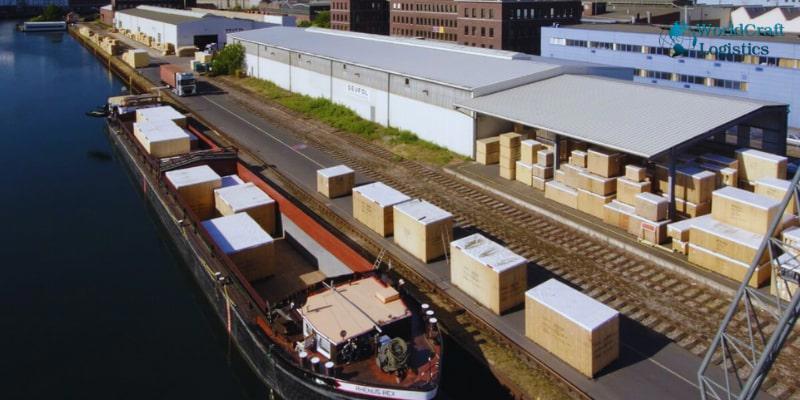
Break bulk is the method of transporting goods in individual parts as opposed to in a container. Break bulk cargoes are items that are transported in crates, bags, boxes, drums, and barrels without the use of containers. These kinds of cargo typically have enormous shapes and dimensions.
Break bulk ocean shipping is a popular technique for carrying cargo or commodities that do not fit in cargo bins or shipping containers of a typical size. Instead, cargo is moved via rolling, lifting, or pushing into a ship or barge as well as bags, boxes, crates, drums, and barrels as well as other handling equipment.
Reels and rolls, steel girders, structural steel, massive or enormous items, industrial machinery, construction tools, and automobiles are a few examples of popular break bulk items. Breakbulk is seeing an increase in interested shippers with huge commodities despite the fact that the containerization approach is one of the more well-liked shipping techniques.
According to Global Security, in 2020, breakbulk and bulk will account for a sizable share of the maritime market and will represent half of all cargo (by volume) entering or leaving the United States.
Since there won't be any significant changes to breakbulk, the demands on port infrastructure, vessel safety, and law enforcement will stay unchanged
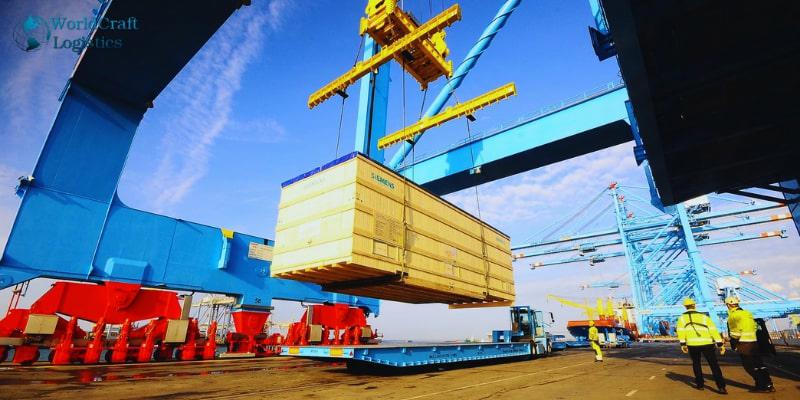
The manner in which the things are stored is the primary distinction between bulk cargo and break bulk freight. Although the phrases are frequently used interchangeably in the sector, they have their peculiarities.
The term "break bulk cargo" refers to cargo that has been broken down into smaller packaging, such as drums, pallets, bags, crates, or any other kind of lightweight container. They are able to lift, move, and unload these smaller parcels. Ships that carry this kind of cargo are frequently referred to as "break bulk vessels" and are fitted with these tools.
Any loose type of storage is considered bulk cargo. These goods will be loaded directly onto the ship as opposed to being broken down into individual packets as with break bulk cargo. Bulk cargo is most frequently used for agricultural products like grain or big quantities of minerals like coal or iron ore.
The only distinction between these two types of goods is in their storage environment.
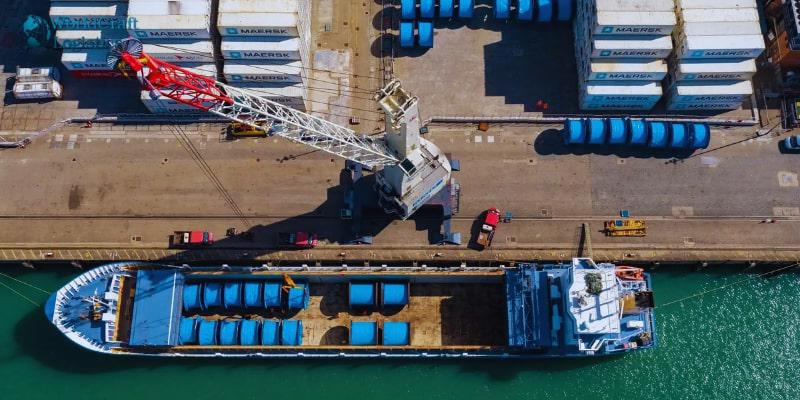
With container shipping the preferred method of shipping, you might be wondering why some shippers still use the break bulk method? Here are some of the advantages:
Breakbulk shipping is advantageous for items that are difficult to disassemble or are enormous. The product can be shipped in its entirety rather than being disassembled to fit into a container or bin.
In order to load and unload these huge or heavy items, a breakbulk ship typically has high capacity deck cranes and other equipment. Additionally, high deck strength barges may be employed to help load this cargo by allowing it to be rolled onto and off of the ship.
When shippers require inland services, land transportation of cargo to and from ports is typically an effective solution. On the other hand, partial containerization of items typically results in higher costs than partial containerization.
On a breakbulk vessel, like a barge or ship, the cargo does not need to be disassembled or broken up into pieces. As a result, it might be a more cost-effective choice for shippers of big cargo. In the end, this results in a quicker delivery time..
Breakbulk may be delivered to the majority of ports worldwide with little to no deconsolidation or reconsolidation needed. Equipment is already on board the ship when items are loaded and discharged, which speeds up product transportation.
Breakbulk shipping does not necessitate the segregation of cargo into individual containers. Instead, to load the ship, heavy or bulky objects are loaded using specialized machinery like cranes. Bulky products are now easier to move as a result.
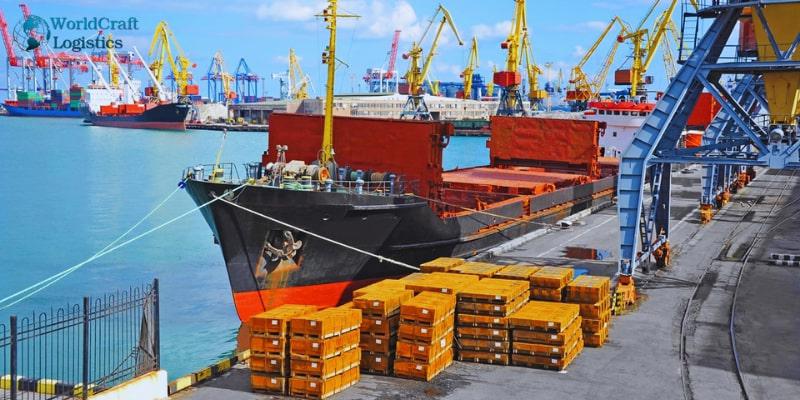
Since this method has a long history, you can find a port that accepts bulk shipments in this manner practically anywhere in the world. Break bulk freight isn't necessarily the best shipping option, though. Break bulk shipping is becoming less and less popular over time. 95% of the world's cargo is transported by cargo ships, hence the preference for other transportation types, such as containerized shipping, has resulted in a fall in the use of break bulk.
This highlights some of the common issues that businesses will have when utilizing this kind of transport for bulk freight:
Expensive - One drawback of break bulk freight is that since bigger shipments are frequently connected with it, shipping costs may be higher. This is also the case since shipping companies can arrange the ship to deliver as much stuff as feasible because unitized cargo is neatly packed into containers. However, break bulk typically occupies a significant portion of the ship without the option of adding verticality by piling numerous loads on top of one another.
Physical Labour - While breakbulk may not require a crane to make the unloading process easier, it frequently involves a variety of physically demanding tasks, which is one of its main drawbacks. Given that this is the case, it should be kept in mind when determining the final shipping bill since the unloading procedure at a port might be significantly more expensive.
Security - The risk of goods going missing during transit, being stolen, or breaking due to collision with other packages is there because large bulk shipment is entirely open-air. The conditions under which the cargo is stored vary widely, so it is possible that this shipping technique has less security.
Even with these drawbacks in mind, the majority of goods carried via the break bulk technique are minerals or less valuable goods, therefore the drawbacks are very minor.
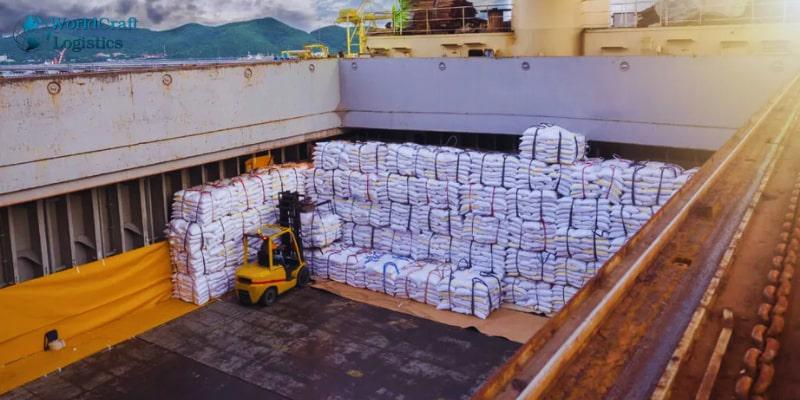
Bulk cargo typically favors a particular range of products that are hardy and require extensive global transportation.
Non-uniform - Any goods that cannot fit into containers is frequently shipped using this method. These things may be tough to handle and move or come in a variety of sizes in packages.
Liquid bulk - Liquid bulk is another type of break bulk shipping that involves moving liquids like oil around the world. Hazardous liquids are often excluded due to the less secure nature of this shipment method..
Minerals - Raw minerals make up the majority of the stuff you'll find on a break bulk container ship. The items on this list could range from grain and salt to iron ore and coal. Losing a little on each shipment won't be a big expense for the company and won't pose any issues because these need to be moved in massive quantities.
Most products that use break bulk shipping can be found in these three categories.
You must first choose the shipment format you want to utilize before you can ship by break bulk. Although the majority of break bulk freight is transported in the open air, they are typically kept in:
Crates
Pallets
No-slip mats
Bags in bulk, bales
Barrels
You will initially need to select one of these formats depending on the item you wish to ship. The next step is to select a reliable logistics partner who runs out of a dock close to your plant once you've determined the most efficient format. You can work with them to plan the packaging and pickup of your goods, and they will handle the actual loading.
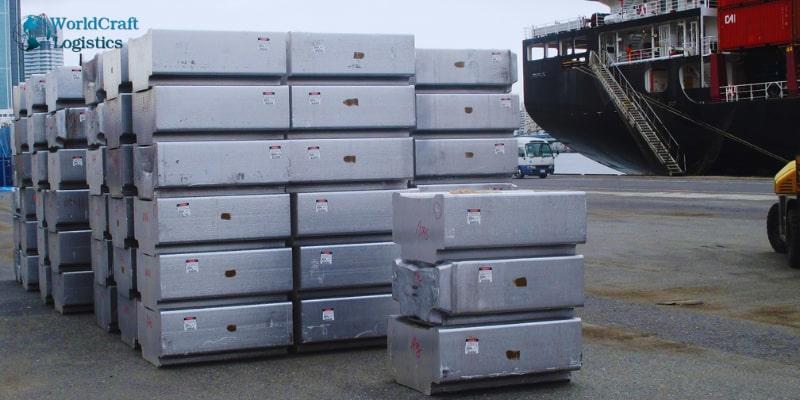
Similar to the loading procedure, the port you're working with is usually in charge of discharging broken bulk cargo. The great majority of logistics partners will let you use their global network of labor and equipment once you've determined where you need to get your products.
You'll be given an estimated arrival date for your cargo, allowing you to follow your shipments as they are unloaded around the world. Cranes, transport trucks, and human labor are at the forefront of the unloading stage of logistics, making the process largely mechanical.
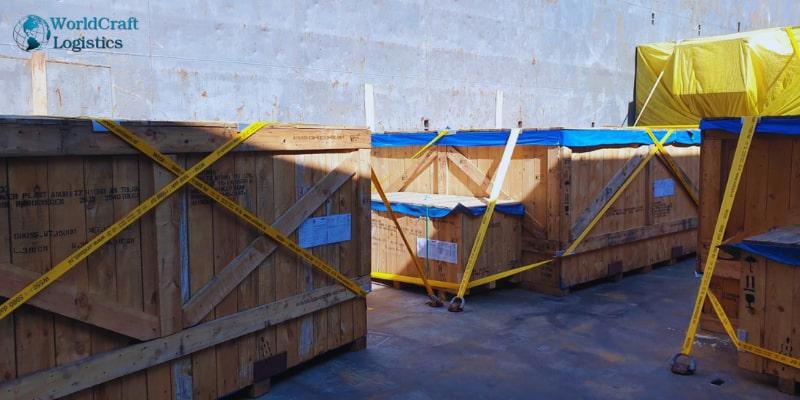
Although the phrase "break bulk" is frequently used interchangeably in this business, it actually refers to more than simply general cargo and should only be used when necessary.
If you think that bulk is the best choice for your company, take these things into account:
Consideration and planning - Break bulk cargo shipping necessitates extensive planning. Prior to planning your first bulk shipping, be sure to set up a plan.
Airtight packaging - Utilizing airtight packing is one of the best strategies to guarantee that your products remain secure and complete when the ship reaches its destination.
Consult with the manufacturer - Ensure that you and your manufacturer have discussed the potential delivery strategies for your products. It is important to discuss and use any packing alternatives that facilitate international delivery.
Logistics partners - A great logistics partner can help your company avoid doing a lot of effort. Consult numerous alternatives to determine which best suits your items.
Break bulk is a cost-effective and effective solution that your organization should absolutely think about, particularly if you need to ship big quantities of materials or goods across the world.
Bulk carriers are among the most widely used methods of international shipping, with breaking bulk being one of the most typical shipment formats. Due to the numerous advantages and flexible and practical loading and unloading procedures, break bulk cargo is permitted in the majority of ports worldwide.
Given that this industry is a cornerstone of globalization and the international flow of goods, it should come as no surprise that the supply chain still significantly depends on break bulk cargo shipping.
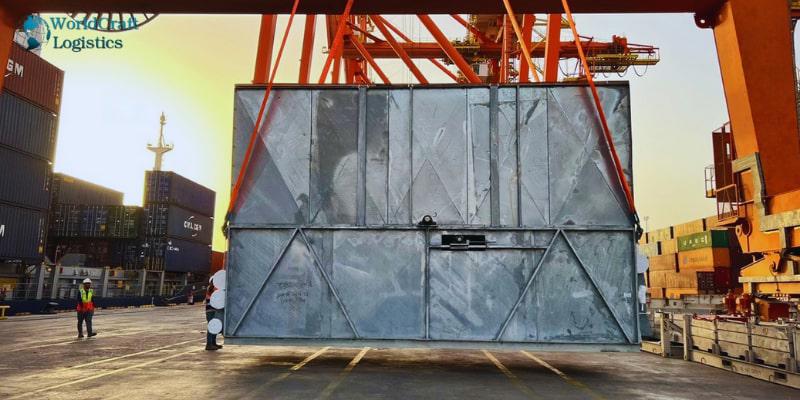
Looking for assistance sShipping your break bulk cargo? Freight forwarder Worldcraft Logistics has international alliances with several major shipping companies. Break bulk is just one of the many different cargo kinds that we specialize in transporting. We have a fleet of ships equipped to transport this kind of cargo securely and effectively, and we can assist you in moving your break bulk cargo. To secure your product while shipment, we also provide a variety of packaging alternatives. We have reasonable prices and can work with you to discover the most cost-effective delivery option. For a consultation and a free shipping price, get in touch with us right away.
SEO
Digital Marketing/SEO Specialist
Simon Mang is an SEO and Digital Marketing expert at Wordcraft Logistics. With many years of experience in the field of digital marketing, he has shaped and built strategies to effectively promote Wordcraft Logistics' online presence. With a deep understanding of the logistics industry, I have shared more than 500 specialized articles on many different topics.

Education
01/05/2025

Education
02/18/2025

Education
01/01/2024

Education
08/28/2024

Education
11/13/2023